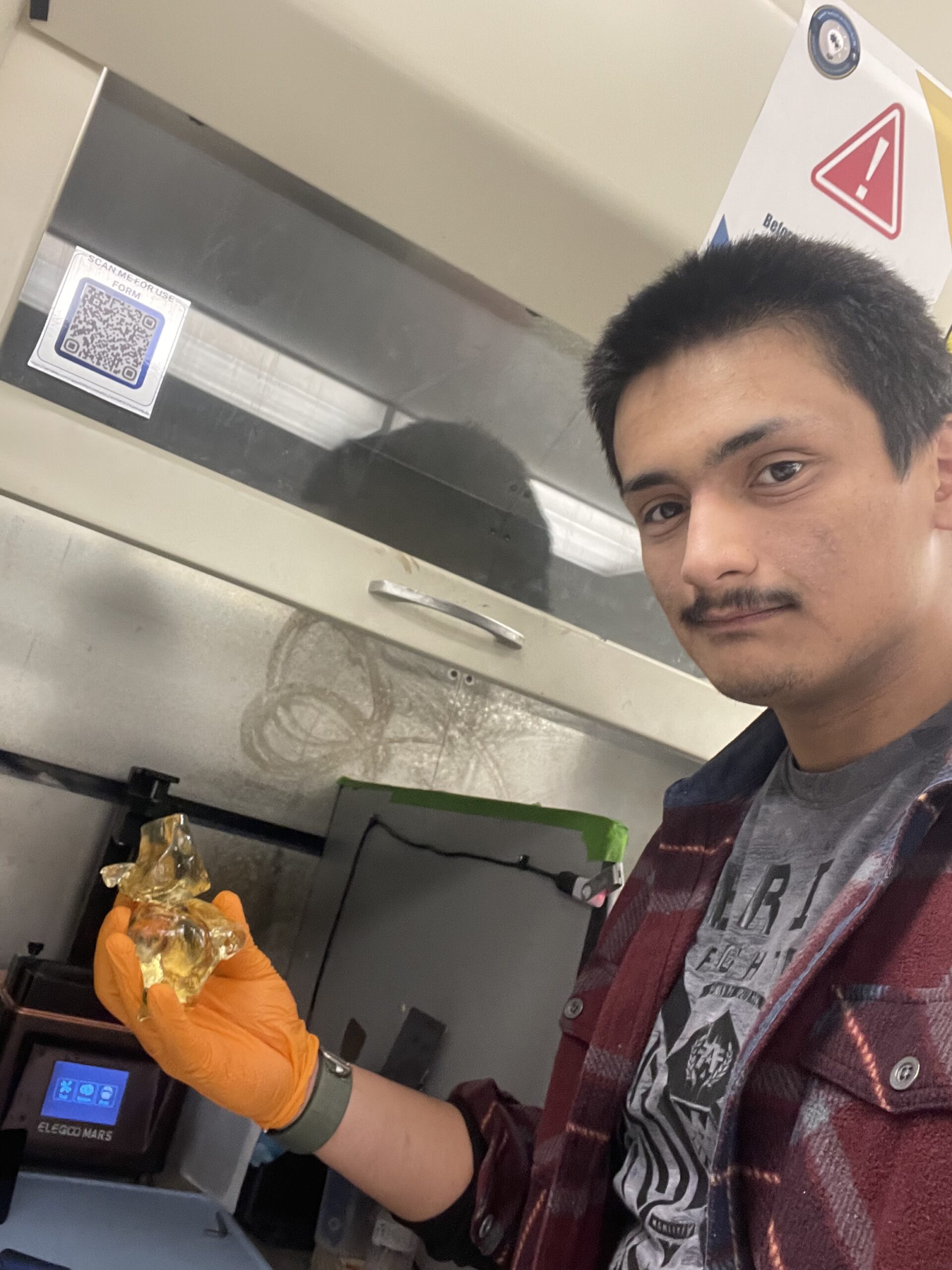Fibrodysplasia Ossificans Progressiva (FOP) is better known as Human Statue Disease, is a genetic and hereditary bone disease that is characterized by the formation of bone in areas that do not normally have bones. This ties into the Unit 4 objective of “Know the stages of bone development and repair”. This ties into this objective as this disease is the continuous and detrimental growth and development of bone in areas that often restrict movement and leave the patient frozen in contorted positions.
Within the bone, there are cells called osteoblasts, which are responsible for building new bone, and osteoclast, which are responsible for redeveloping bone. These and other cells are normally kept in check and do not develop bones in areas that they are not supposed to. They develop where they are supposed to, when they are supposed to, and help reform bone when its fractures or damage. Under normal circumstances, this means that bones can grow, develop and repair themselves following trauma. This regulated process ensures that the bones can remain sturdy enough to continue supporting and protecting the body.
The issue with a patient suffering from Human Statue Disease is that their body does not regulate this ossification process. They have a mutation in the ACVR1 gene which is responsible for regulating this bone growth, which leads to uncontrolled bone growth. The disease is not continuous but rather has flare ups usually following trauma or an infection. Soft tissue trauma, immunization injection, and more can cause bone formation. Oftentimes, the growth envelopes and replaces other tissues like ligaments, tendons, and skeletal muscles. As these tissues are turned to bone, they cause stiffness in the joints before permanently locking the person in that position. They can start off as painless masses but will develop into larger problems given enough time. Due to the disease’s unique nature, it makes it very difficult to treat and operate on. FOP most often occurs following trauma, be that uncontrolled or surgical. Due to the way bones repair following an injury, removal of any abnormal bone growth may trigger the bone to regrow stronger than previous.
One case study, looked at a man who at first had a painless mass on his shoulder operated on and removed when he was 3. He experienced stiffness and eventual limitation of movements following the surgery. Over the next 20 years he was operated on trying to regain his mobility, but the stiffness spread to his neck, jaw, knees and other parts of his body and essentially crippling him at the age of 28.
In closing, FOP is a genetic and inheritable bone disease that causes formation of bone in areas that can eventually immobilize the person. While normally regulated bones develop and repair bones in designated areas and are regulated. FOP sees a lack of control or regulation of this process. This disease often occurs in flare ups following some form of trauma and in turn makes it extremely difficult to operate on.
References
Mortazavi, H., Eshghpour, M., Niknami, M., & Saeedi, M. (2012). Stone Man: A case report.Iranian Journal of Radiology, 10(1), 37–40. https://doi.org/10.5812/iranjradiol.10302
Pignolo, R. J., Shore, E. M., & Kaplan, F. S. (2011). Fibrodysplasia Ossificans Progressiva: Clinical and genetic aspects. Orphanet Journal of Rare Diseases, 6(1), 80. https://doi.org/10.1186/1750-1172-6-80

